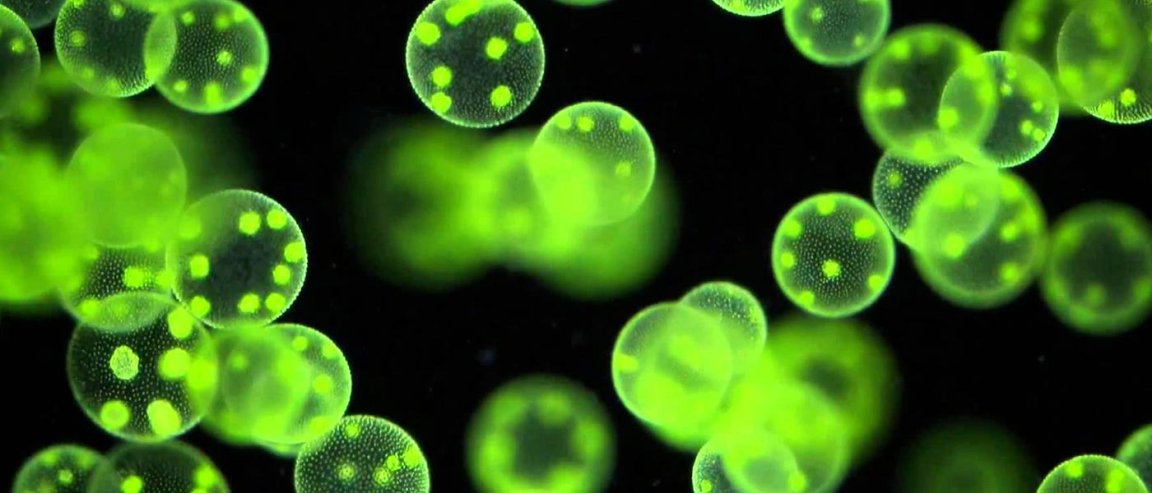
The Amoeba That Could
It’s amazing to think about all of the scientific advancements that have been made, but, even in terms of fundamentals, how we still have so much to learn. One such fundamental deals with photosynthesis, more specifically, how organisms developed the ability.
This new research may lead to further understanding of how ancient bacteria learned to create sustenance from the Sun. Scientists from Germany and the United States have figured out how an amoeba called Paulinella chromatophora stole photosynthesis from a bacterium, by completely enveloping it.

Early in the process of life’s evolution (about 1.5 billion years ago) the first chloroplasts were developed with this process. The process is called endosymbiosis, and is when larger cells engulf these smaller cells, and take on new genetic attributes from them.
Finding a Way
Normally, this process is not possible. As Phys.org explains “It has long been known that cells kept inside other cells can no longer share DNA with their own species and tend to build up a lot mutations in their genome, leading to their demise.” This gene loss would have certainly killed the organism. So how did they survive long enough to be integrated with the functioning of the larger cells?
This new study, published in the Proceedings of the National Academy of Sciences, reveals that the amoeba actually replaced the cells it was losing by stealing genes from the bacterium. In essence, the amoeba was able to survive by taking what it needed from the environment.
The study shows how fluid and adaptable the microbial world is. “The major finding of the study is the microbial world, which we know is full of valuable genes, can move these genes between organisms according to need,” said Debashish Bhattacharya, study co-author.